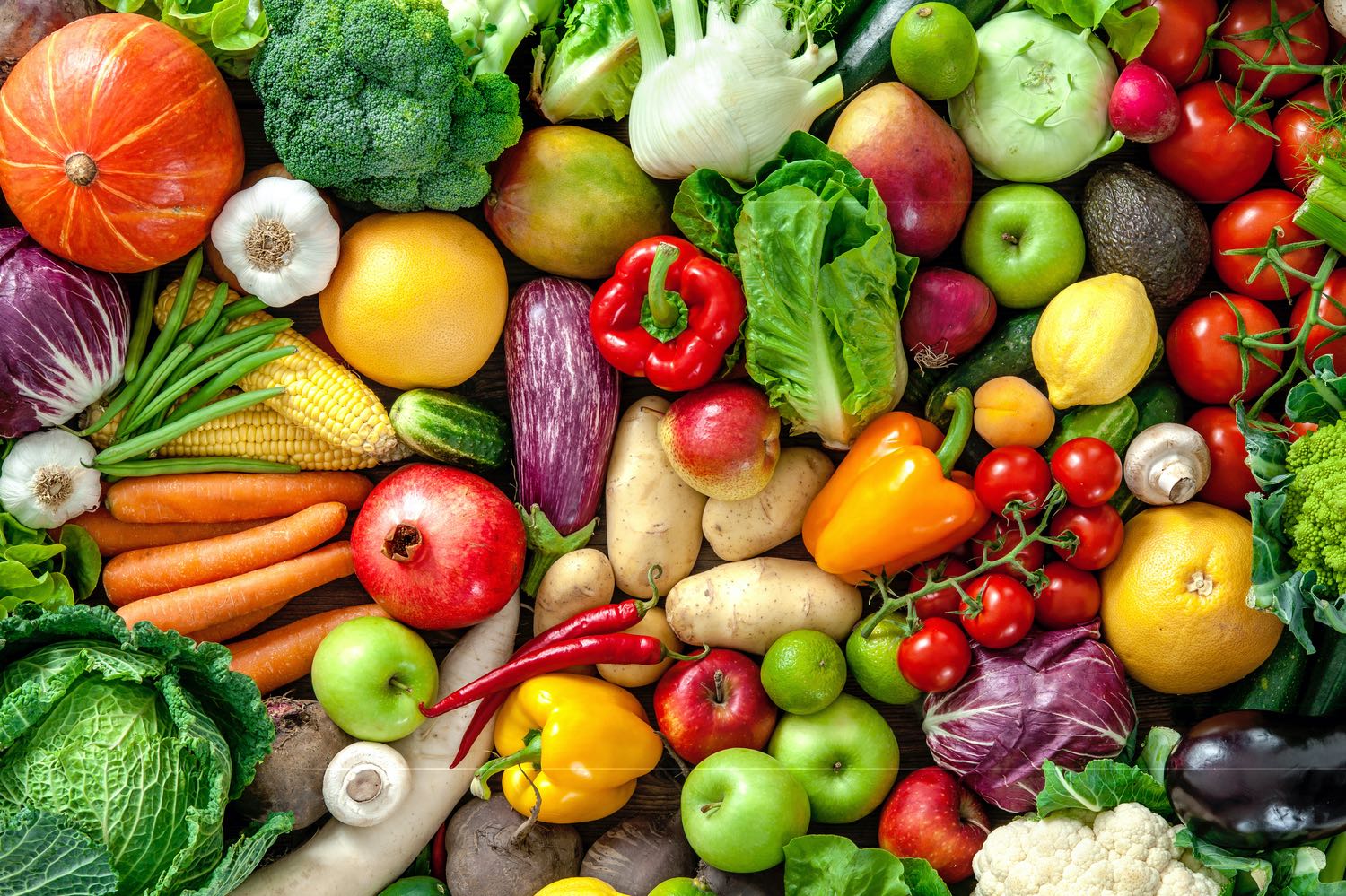
A new coalition of farmland owners and operators will introduce a sustainable agriculture standard in 2020.
BY CARY ESTES
If Earth is our home, then the kitchen takes up half our house. According to the World Bank, 50 percent of the world’s habitable land is dedicated to agriculture uses. In essence, our planet is a giant food production system that feeds 7.8 billion around a very large dinner table.
Yet because of vast disparities in soil, climate, elevation, and food types, there never has been any global recipe for how agriculture should operate sustainably. A standard that works for peanuts in Georgia might not be as fruitful for apples in Washington, let alone tomatoes in California.
A new entity has set out to remedy that discrepancy. Since June 2017, a coalition of companies that farm, own and/or manage farmland and two environmental organizations has endeavored to create a comprehensive sustainability standard that can be implemented across the greatest portion of agricultural acreage possible. The standard will operate as part of a newly formed nonprofit organization called Leading Harvest, which debuted in January 2020 at the Land Investment Expo in Des Moines. Leading Harvest’s formal launch at Global AgInvesting in New York City coincided with Earth Day (April 22).